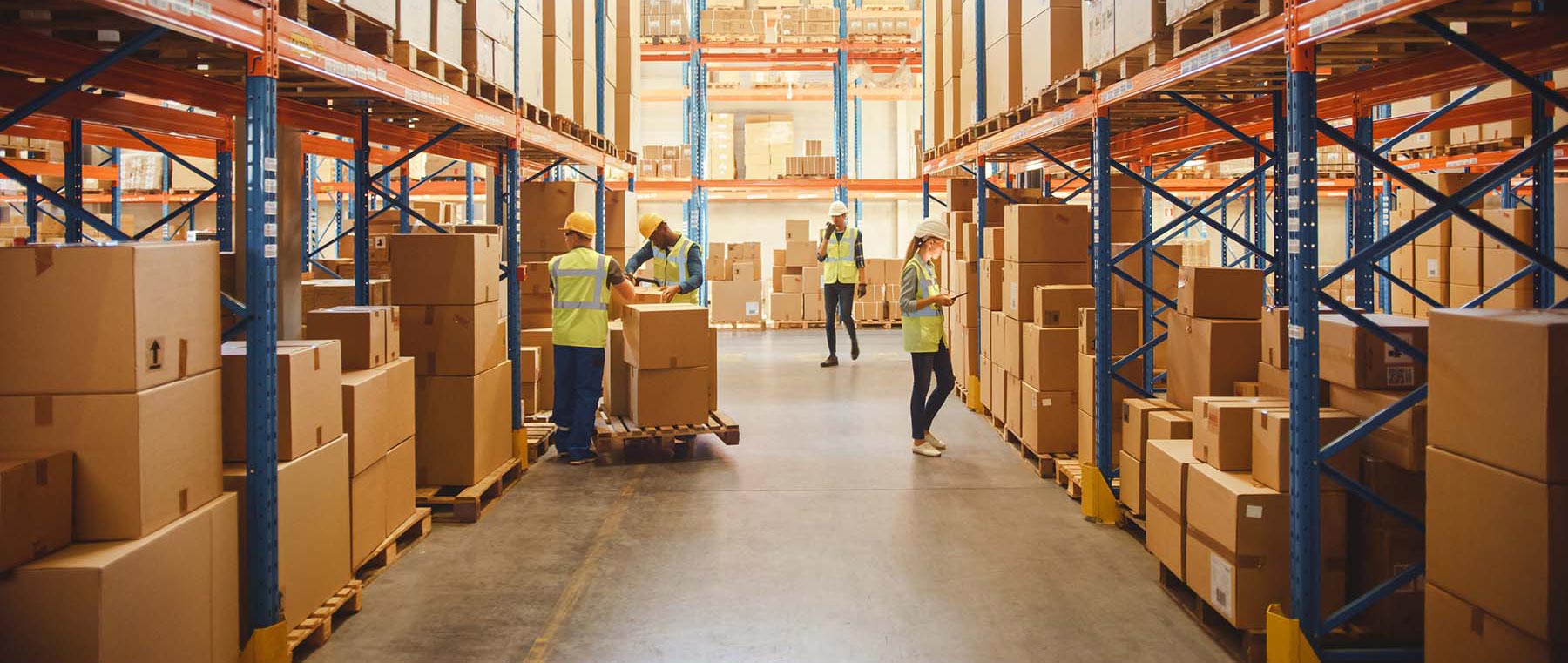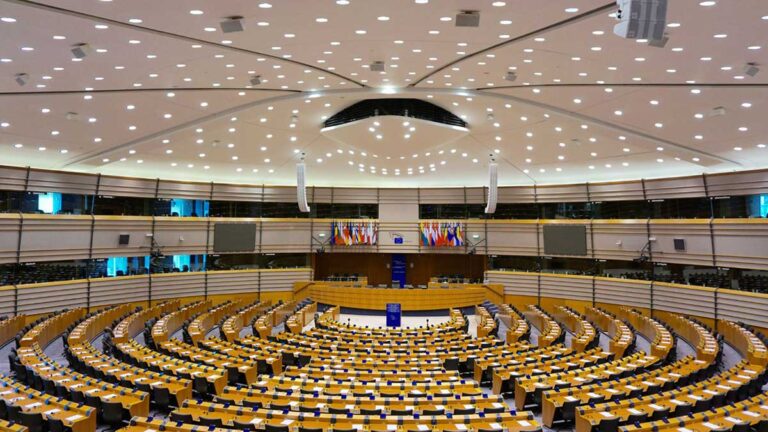FAQ
Frequently asked questions on green logistics
What does green logistics mean?
Green logistics refers to the environmentally sustainable practices and technologies used in the planning, execution, and optimization of supply chain transportation activities. It involves reducing the environmental impact of transportation operations by minimizing waste and reducing energy consumption, and carbon emissions. If your company implements green logistics, it can improve its environmental sustainability, reduce costs, and enhance its reputation with customers and other stakeholders. Learn more about our sustainable logistic service and solutions.
What are strategies to achieve green logistics?
The right strategy is an individual matter in the case of green logistics. Nevertheless, there are aspects that help you to reach the goals to noticeably reduce your transportation emissions. With our clients we usually follow these steps:
- Kick-off of the project: We align the objectives and the scope with you and define the team which will be responsible. We also screen technological, regulatory and economic drivers.
- Analysis phase: We analyze your transport and company data and calculate emissions.
- Set objectives: We analyze decarbonization and technology pathways and set fields of action, strategic qualities, and GHG reduction potential (KPIs).
- Solutions: We develop measures for transport decarbonization (incl. feasibility) and discuss collaborative approaches with suppliers and pilot projects.
- Concept: We prioritize measures, set up a roadmap (costs, benefits, responsibilities, etc.) and define the use of carbon offsets.
- Implementation: We help you to integrate the measures into a roadmap, adopt policies and support the communication, monitoring and verification.
Want to know how we can support your business in terms of its green logistics and decarbonization strategy that lead to reliable results? Don’t hesitate to contact us.
How to ensure a green supply chain?
Ensuring a green supply chain involves implementing sustainability practices throughout the entire supply chain process, from the sourcing of raw materials to the final delivery of the product to the customer. Due to CSRD and other regulations, the supply chain is increasingly becoming the focus of regulatory attention. This significantly expands the scope of responsibility for companies. Our experience shows that sustainability in the supply chain, while complex, can produce remarkable results. The best thing you can do is to get this work started early enough.




